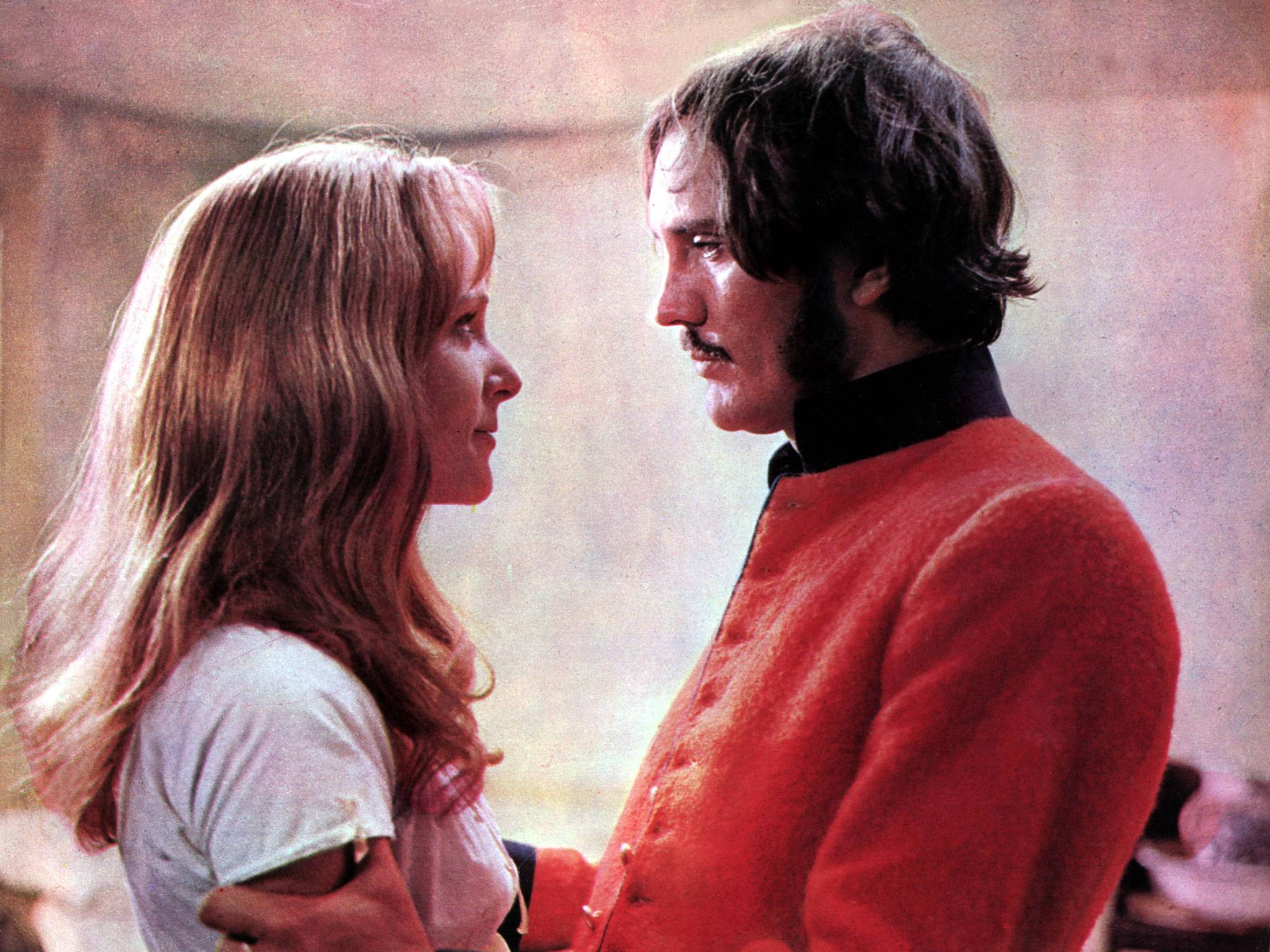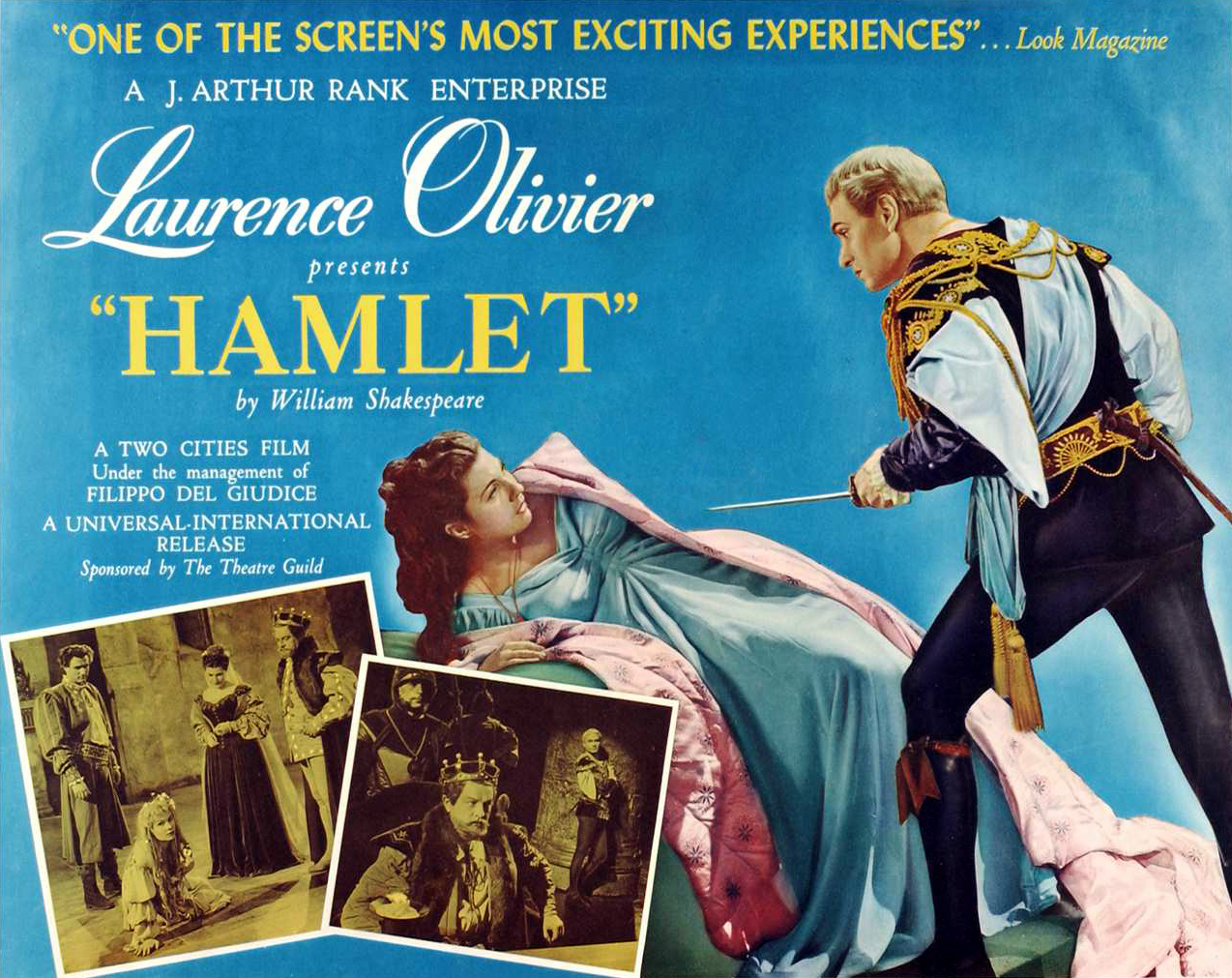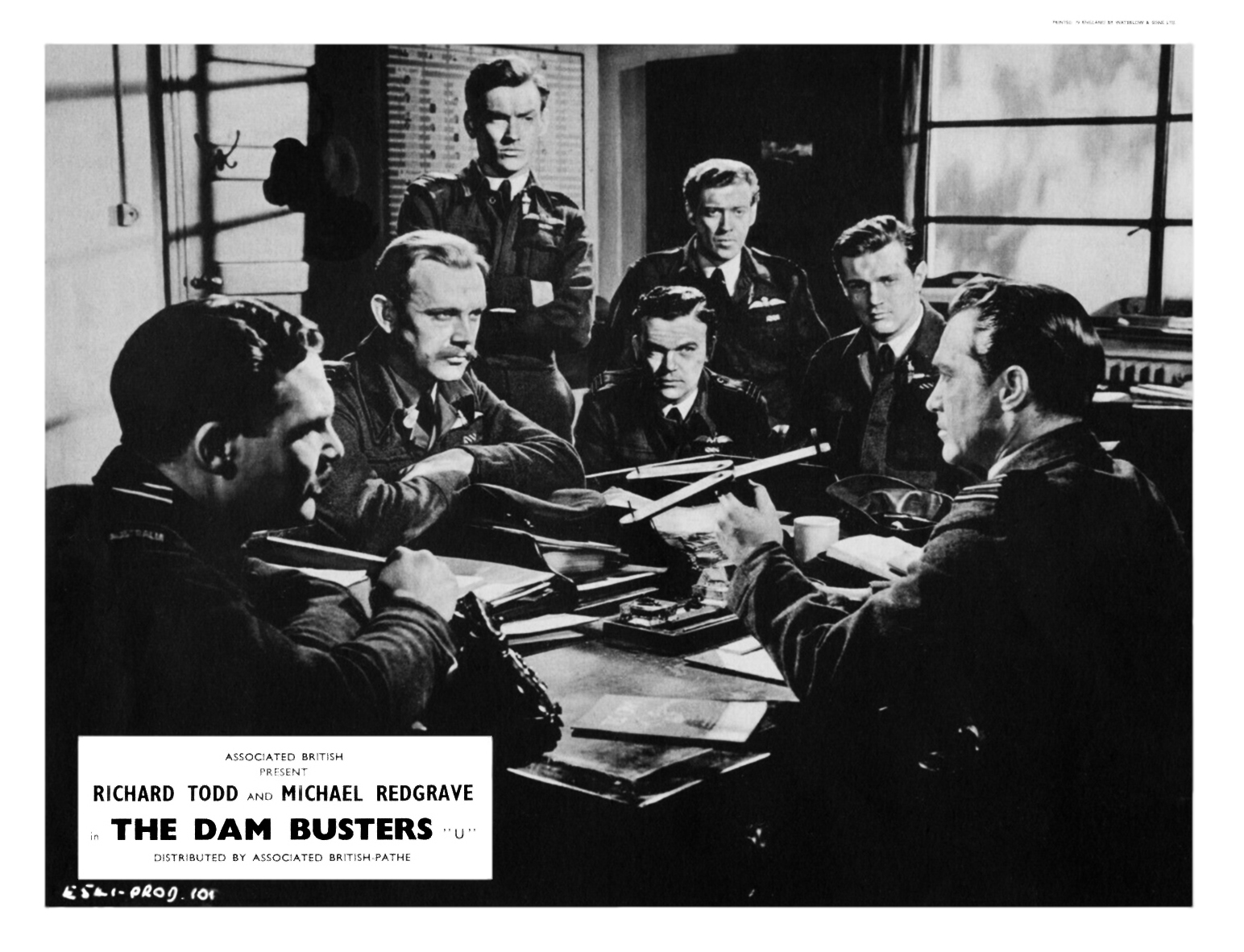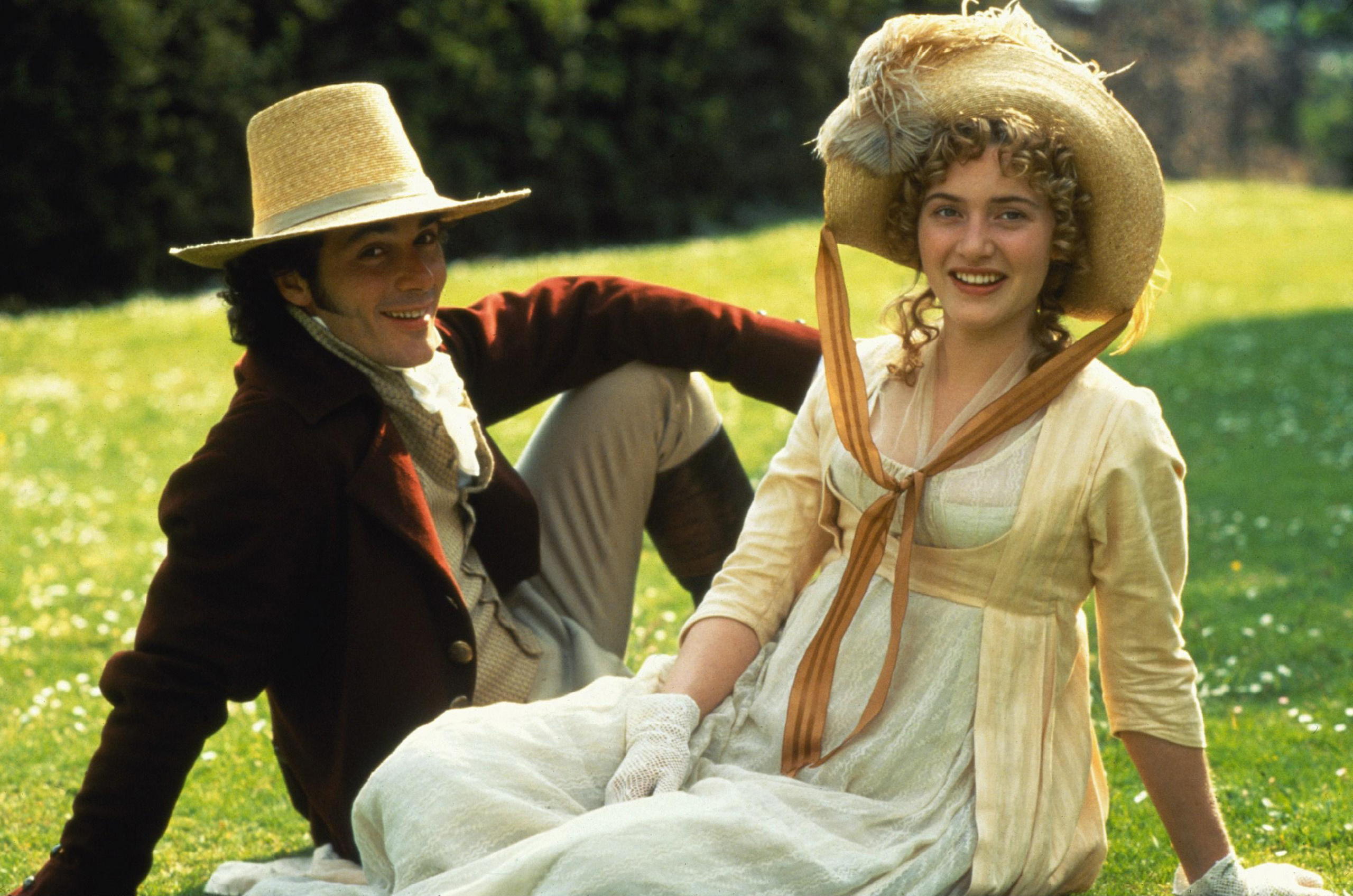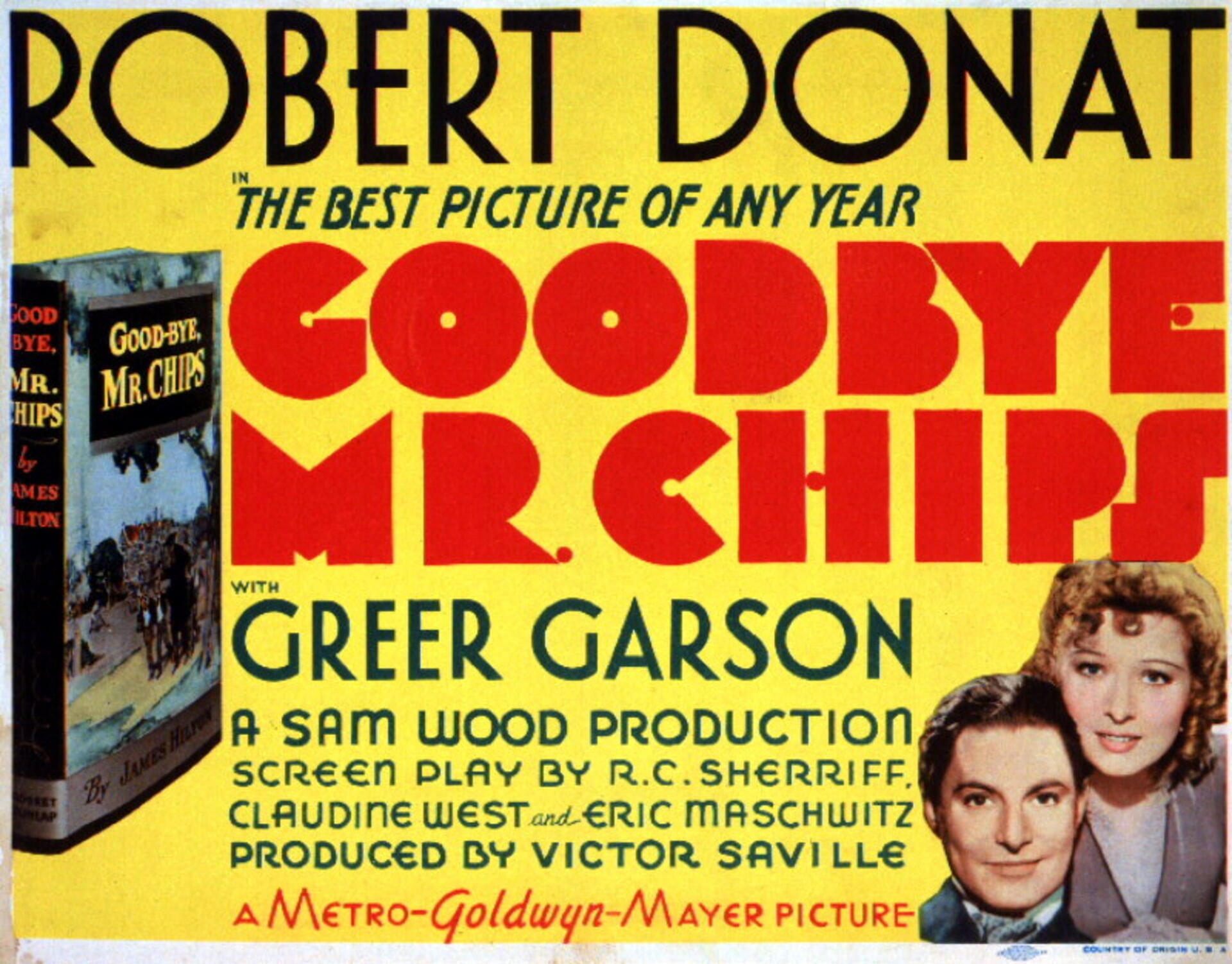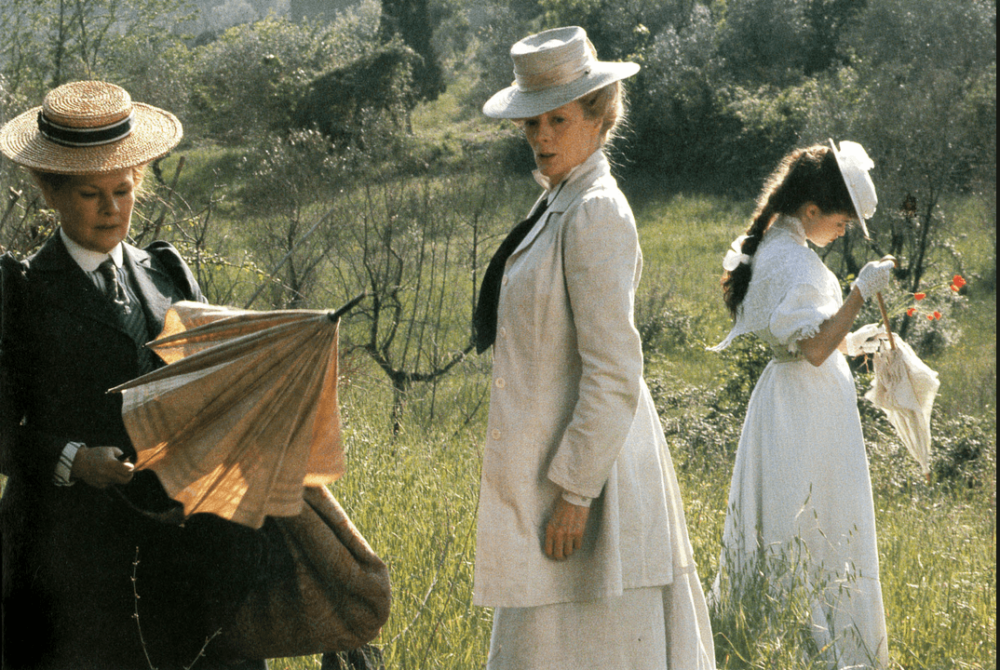
10 Interesting Facts and Figures About “A Room with a View” (1985)
“A Room with a View,” directed by James Ivory and based on E.M. Forster’s novel, is a quintessential British film that combines romance, class commentary, and breathtaking cinematography. Released in 1985, this adaptation has gained a significant following and is celebrated for its performances, direction, and lush visuals. Here are ten intriguing facts and figures that highlight the film’s significance and impact.
1. Adaptation of a Classic Novel
The film is based on E.M. Forster’s 1908 novel of the same name. Forster’s exploration of Edwardian society and the clash between personal desire and social expectation is beautifully encapsulated in the film’s narrative.
2. Academy Award Winner
“A Room with a View” received three Academy Awards in 1987: Best Adapted Screenplay, Best Art Direction, and Best Costume Design. Its artistic achievements contributed to the film’s enduring legacy.
3. Iconic Locations
The film was shot in various picturesque locations, including Florence, Italy, and the English countryside. The real-life Villa Medici, where Lucy Honeychurch (played by Helena Bonham Carter) stays, adds authenticity and beauty to the film.
4. Helena Bonham Carter’s Breakthrough Role
Helena Bonham Carter was just 19 years old when she played the lead role of Lucy Honeychurch. This film marked a significant turning point in her career, showcasing her talent and leading to a series of prominent roles in the coming years.
5. Successful Box Office Performance
“A Room with a View” grossed approximately $20 million worldwide, which was a considerable success for a period drama at the time of its release, demonstrating the film’s broad appeal.
6. Strong Female Characters
The film features strong and complex female characters, particularly Lucy and her friend Charlotte Bartlett, played by Maggie Smith. Their interactions highlight themes of independence and societal pressure.
7. Notable Supporting Cast
The film boasts a talented ensemble cast, including Julian Sands as George Emerson and Daniel Day-Lewis as Cecil Vyse. Their performances contributed to the depth and complexity of the narrative.
8. Cinematic Collaboration
The film was produced by the Merchant Ivory Productions team, which included producer Ismail Merchant and screenwriter Ruth Prawer Jhabvala. Their collaboration produced a series of critically acclaimed films, solidifying their status in the world of cinema.
9. Cultural Impact
“A Room with a View” has been influential in the genre of romantic period dramas, inspiring a renewed interest in adaptations of classic literature and setting a standard for visual storytelling in the genre.
10. Restoration and Legacy
In 2017, the film was digitally restored, allowing a new generation to experience its stunning cinematography and rich storytelling. The restoration reignited interest in the film and helped maintain its status as a classic.
Conclusion
“A Room with a View” remains a beloved film that captures the essence of early 20th-century societal norms while exploring timeless themes of love, choice, and personal freedom. Its blend of stunning visuals, strong performances, and engaging storytelling has ensured its place in cinematic history. Whether a first-time viewer or a long-time fan, the film continues to resonate with audiences around the world, affirming the lasting impact of E.M. Forster’s work and the artistry of James Ivory.


